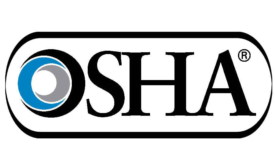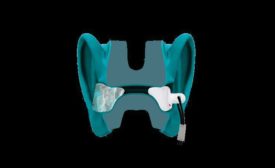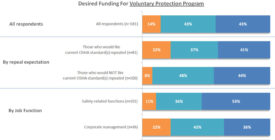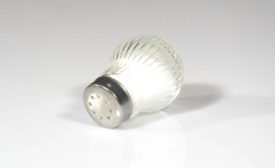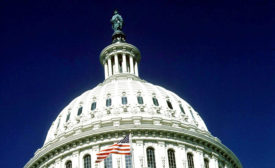News
ISHN readers want next OSHA chief to…
More results from our online flash survey
February 15, 2017
Tech advances are reinventing hearing conservation programs
Open your ears
February 15, 2017
VPP funding gets a "thumbs up" from ISHN readers
More results from our online survey
February 14, 2017
NYC's restaurants must post sodium warnings
State Supreme Court lets rule stand
February 13, 2017
Never miss the latest news and trends driving the safety industry
eNewsletter | Website | eMagazine
JOIN TODAYCopyright ©2024. All Rights Reserved BNP Media.
Design, CMS, Hosting & Web Development :: ePublishing

